Thrills & Bonds: Dolphin-Pufferfish Interactions Explored
This study dives into male bottlenose dolphins’ intricate lifecycle and behavior patterns, shedding light on their fascinating world. It introduces a unique and curious behavior observed among young dolphins: their engagement with pufferfish to experience narcotic-like effects. This phenomenon highlights the playful and intelligent nature of dolphins and opens a window into their complex social dynamics and interactions within their environment. Through this exploration, we aim to understand better the reasons behind this behavior and its implications for dolphin social structures and survival strategies.
Background on Bottlenose Dolphin
Developmental Stages
Bottlenose dolphins experience a significant life transition around age two, marking a pivotal moment in their development. At this juncture, young dolphins gradually shift from the nurturing sphere of maternal care to the broader, more dynamic world of peer groups. This transition is crucial for their social development, learning, and integration into the complex fabric of dolphin society.
Social and Playful Behavior
Young male dolphins’ social and playful behaviors are a testament to their adventurous spirit and intelligence. Among these activities, wave riding stands out as a favorite, showcasing their love for play and their remarkable ability to engage with the natural elements of their environment. This inclination towards playful exploration is not just a means of entertainment but also a critical component of their learning process and social bonding. Through such activities, young dolphins develop essential skills and strengthen their social ties, forming the foundation of their survival and success in the aquatic world.
Research Methods and Observational Equipment
Utilization of Robotic Spy Creatures
The study employs groundbreaking observational tools in the form of robotic spy creatures, notably “Spy Turtle” and “Spy Puffer,” to delve into the nuanced behaviors of dolphins in their natural habitat. These innovative devices are designed to blend seamlessly into the aquatic environment, allowing researchers to capture intimate and undisturbed footage of dolphin activities and social interactions. Utilizing cutting-edge technology opens new avenues for understanding dolphin behavior, providing a closer look at their complex social dynamics and interactions with their environment.
Challenges in Observation
Despite the advanced technology, observing dolphins in their natural setting presents significant challenges. The interactions between the spy equipment and the dolphins sometimes turn rough, reflecting the physical dynamics within dolphin groups. These interactions highlight the robust, playful, and sometimes aggressive nature of dolphins, posing both a challenge and an opportunity for researchers to gain insights into these marine mammals’ social hierarchy and behavior patterns. The physicality observed during these encounters sheds light on the intricate balance of dominance, playfulness, and social bonding that characterizes dolphin groups.
Social Dynamics and Behavioral Patterns
Formation of Adolescent Male Groups
The social structure and group dynamics among young male dolphins present a fascinating aspect of their behavioral patterns. This study segment delves into the formation of adolescent male groups, often called “bachelor pods.” Groups are essential for young dolphins’ social development, offering a structure for learning and play. The analysis reveals how these groups form, the bonds they rely on, and the key social skills gained. Pod dynamics show the complex social structure of dolphin communities, vital for understanding bottlenose dolphins’ behavior.

Interaction with Pufferfish
One of the most intriguing behaviors observed among dolphins is their interaction with toxic pufferfish, specifically through a ritualistic activity known colloquially as the “Puffer Passing” game. This detailed examination focuses on the curious nature of this interaction, where dolphins gently handle and pass the pufferfish among group members. Despite the pufferfish’s toxic nature, dolphins engage in this behavior, which is thought to induce narcotic-like effects. This phenomenon not only highlights the dolphins’ playful and exploratory behavior but also raises questions about these marine mammals’ cognitive abilities and emotional experiences. The study explores the risks and motivations behind this hazardous interaction, aiming to provide insights into the dolphins’ complex social and behavioral landscape.
The “Puffer Passing” Game
Description of the Game
The “Puffer Passing” game represents one of the most fascinating and complex behaviors exhibited by dolphins. This game involves dolphins carefully engaging with pufferfish, which, when threatened, inflate and release a potent toxin. The dolphins expertly handle the pufferfish, passing it around among group members without ingesting it. The objective appears to be experiencing the narcotic-like effects of the toxin in small, controlled doses. This delicate balancing act showcases the dolphins’ intelligence and their intricate understanding of the natural world, enabling them to interact with potentially lethal creatures in a way that provides sensory stimulation without causing harm to themselves.

Risks and Conservation Concerns
While the “Puffer Passing” game highlights the dolphins’ remarkable cognitive abilities, it also raises significant risks and conservation concerns. The primary danger lies in the toxin itself, which is lethal in larger doses. There is an inherent risk that the dolphins may miscalculate their interaction with the pufferfish, leading to potentially fatal consequences. Additionally, there are concerns regarding the survival and welfare of the pufferfish post-interaction. Frequent handling by dolphins could stress the pufferfish, impacting their health and survival rates. This aspect of dolphin behavior prompts a broader discussion on balance between natural predatory behaviors and species conservation, emphasizing the need for ongoing research to understand the implications of such interactions in marine ecosystems.
Implications of Dolphins’ Interaction with Pufferfish
Insights into Dolphin Intelligence and Social Behavior
The intriguing interaction between dolphins and pufferfish offers profound insights into dolphin intelligence and social behavior. Dolphins show advanced cognition, understanding their surroundings and fellow creatures well. Their careful use of pufferfish, seeking its effects without harm, shows problem-solving and self-awareness. This behavior also proves social learning among dolphins, as they likely share pufferfish interaction knowledge across generations. Such interactions underscore the complexity of dolphin societies and their ability to navigate and manipulate their environment in sophisticated ways.
Conservation and Ethical Considerations
Observing dolphins’ interactions with pufferfish, while offering valuable scientific insights, also brings to light important conservation and ethical considerations. Observing wildlife closely can stress animals and affect their natural behaviors. It’s crucial to minimize interference, especially with dolphins. We must protect dolphins and their habitats while studying them. This approach supports broader marine conservation, emphasizing ecosystem protection. Studying dolphins’ interactions with pufferfish highlights the need for ethical science that respects wildlife.
Conclusion
Studying dolphins’ interactions with pufferfish reveals their cognitive and social richness. It highlights their intelligence, problem-solving, and social learning. This offers insights into how dolphins understand their environment. However, it also raises important questions about the ethical and conservation implications of human interaction with wildlife. As we continue to explore and marvel at the behaviors of dolphins and other marine species, it is crucial to prioritize their well-being and the preservation of their natural habitats, ensuring that our curiosity and desire for knowledge do not come at the expense of their health and survival.
Disclosure: This post may contain affiliate links, which means that DIVEMONDO may receive a small commission if you make a purchase using these links. As an Amazon Associate this website earn from qualifying purchases.


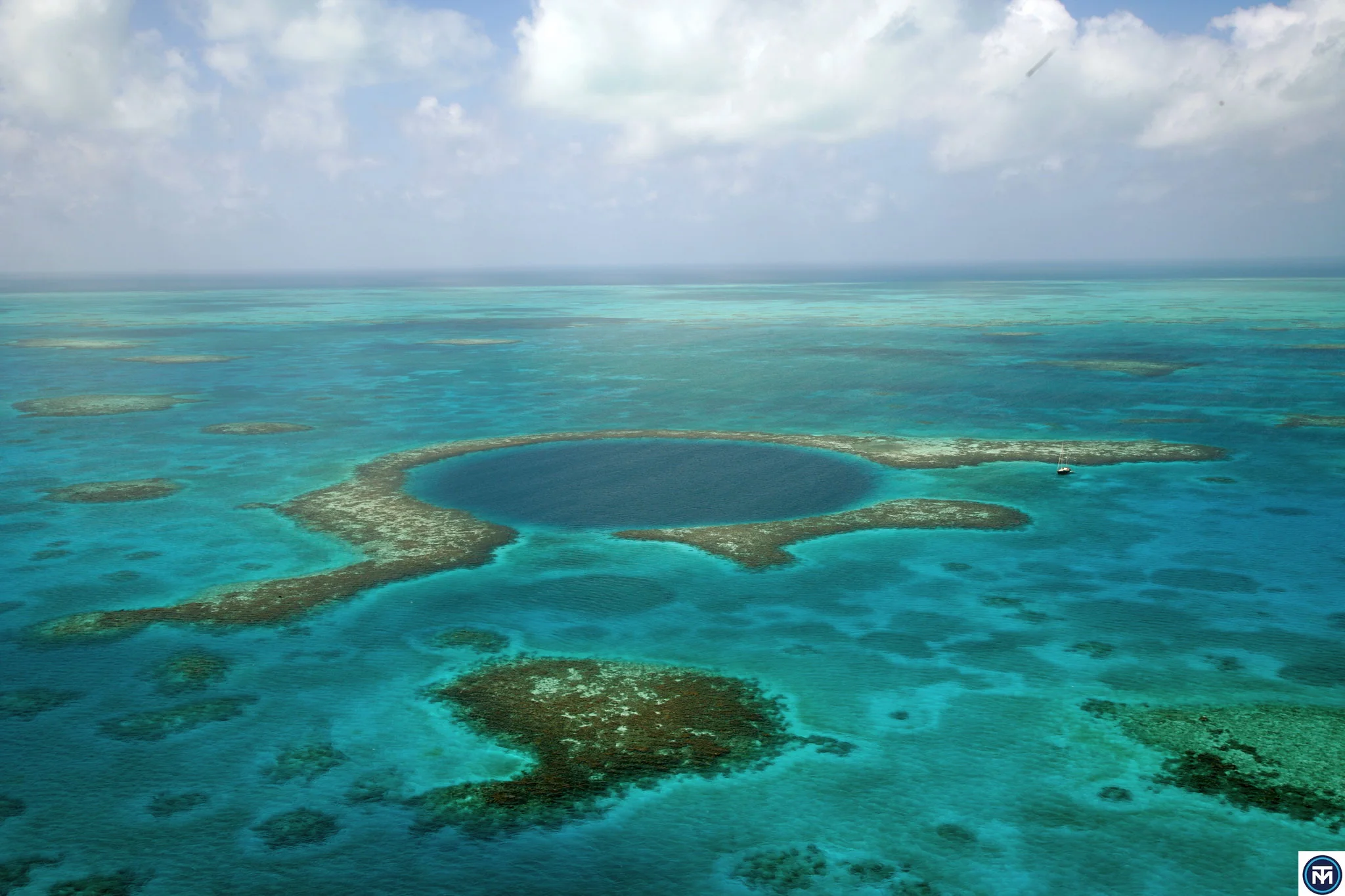

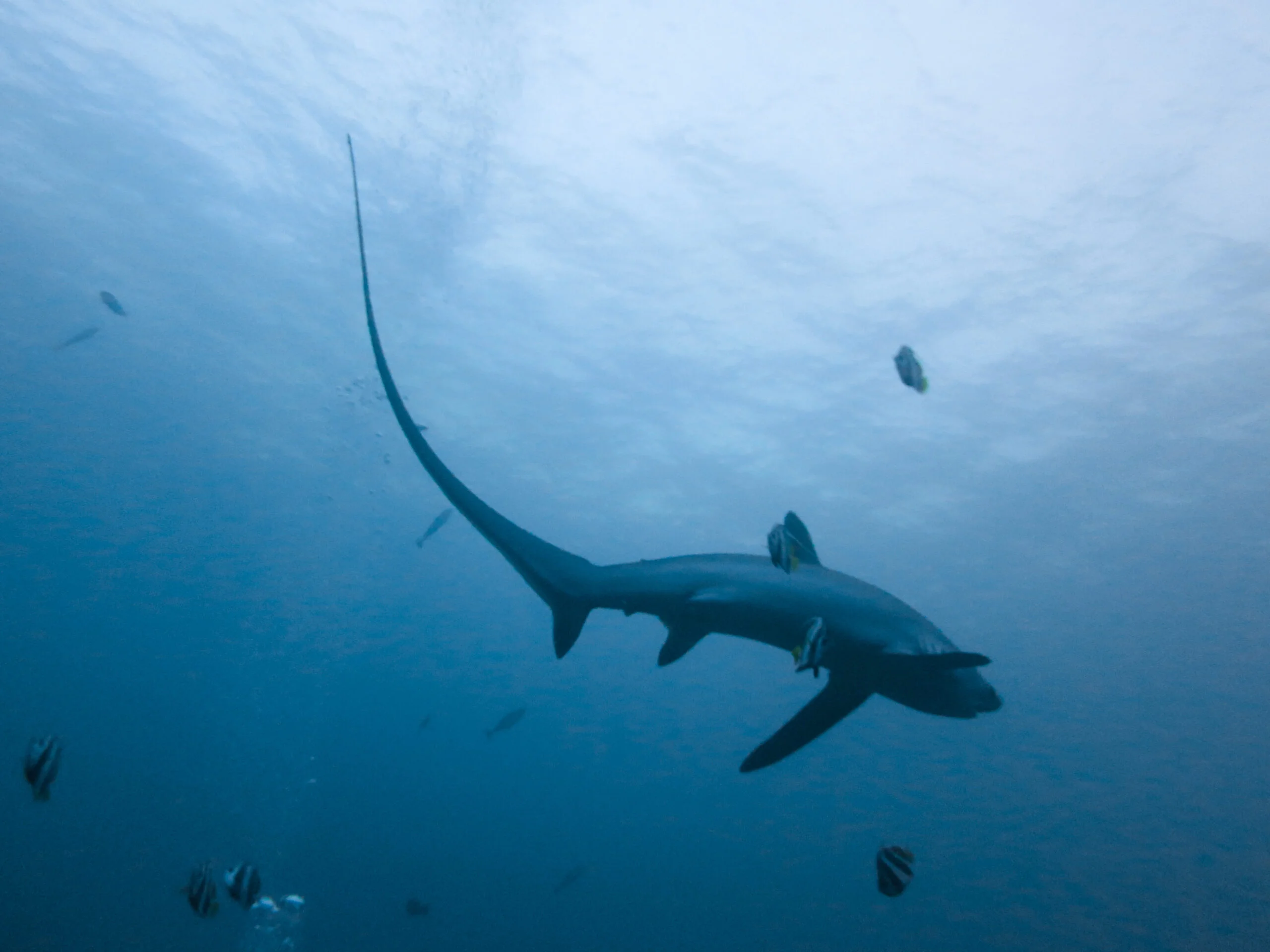
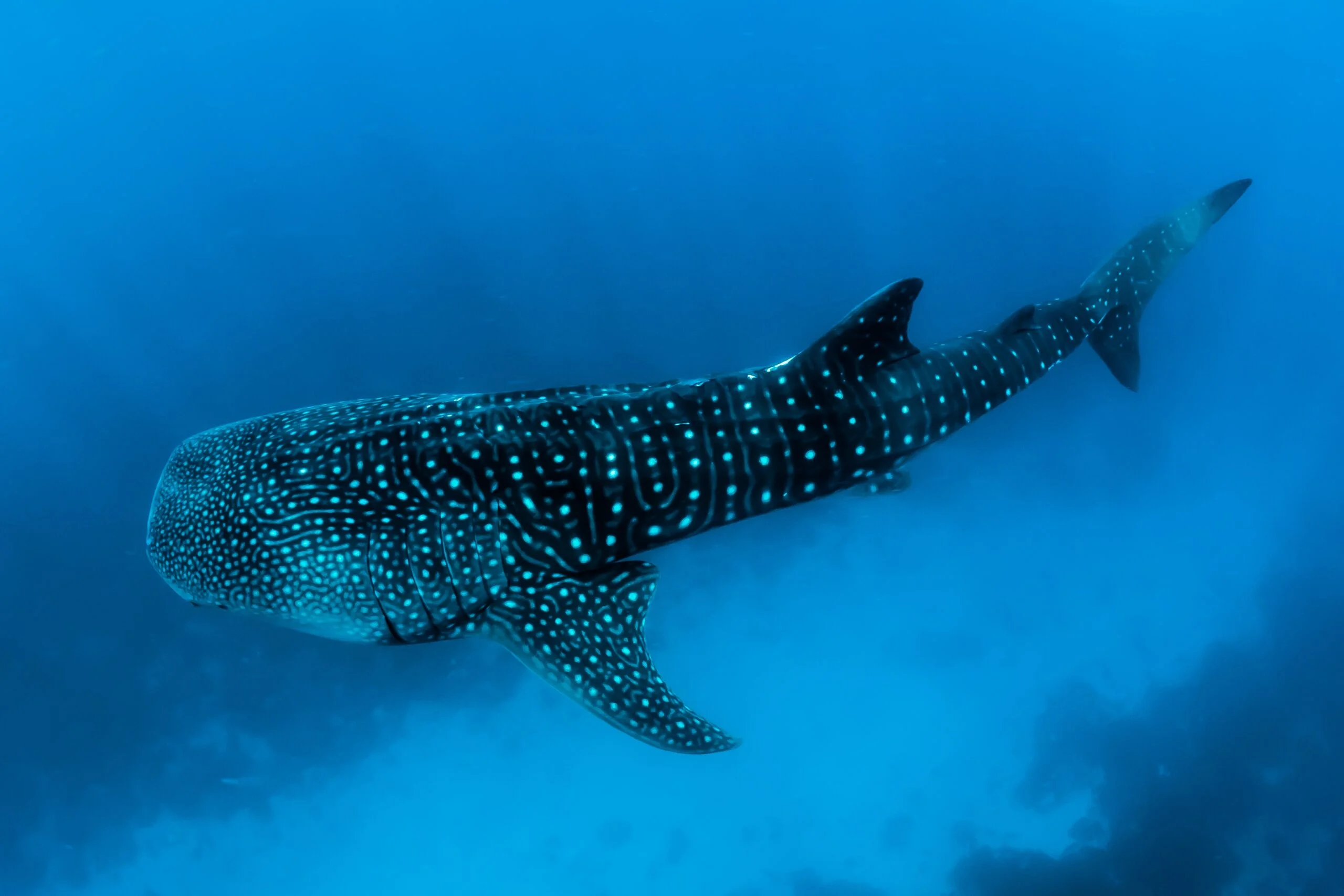
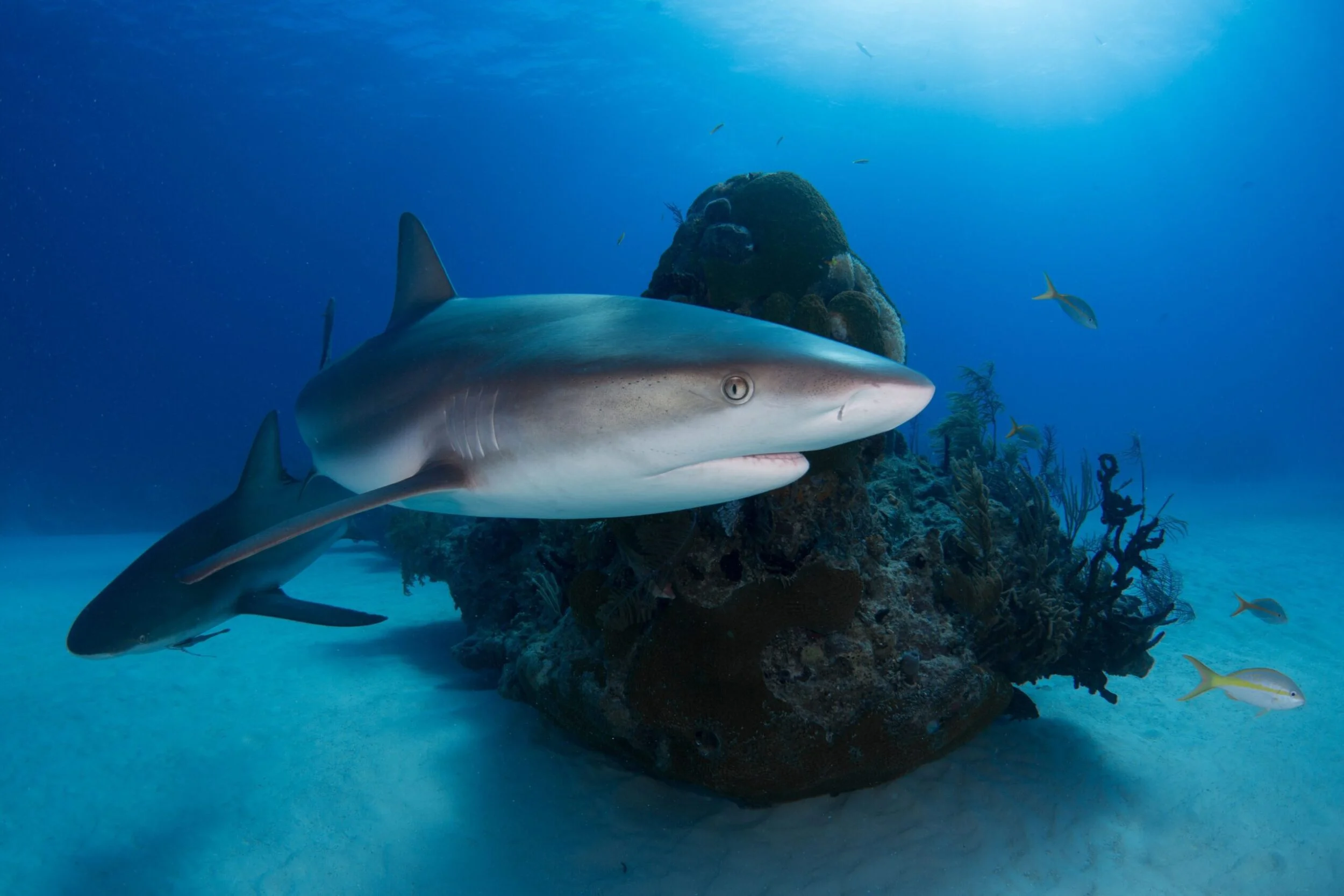


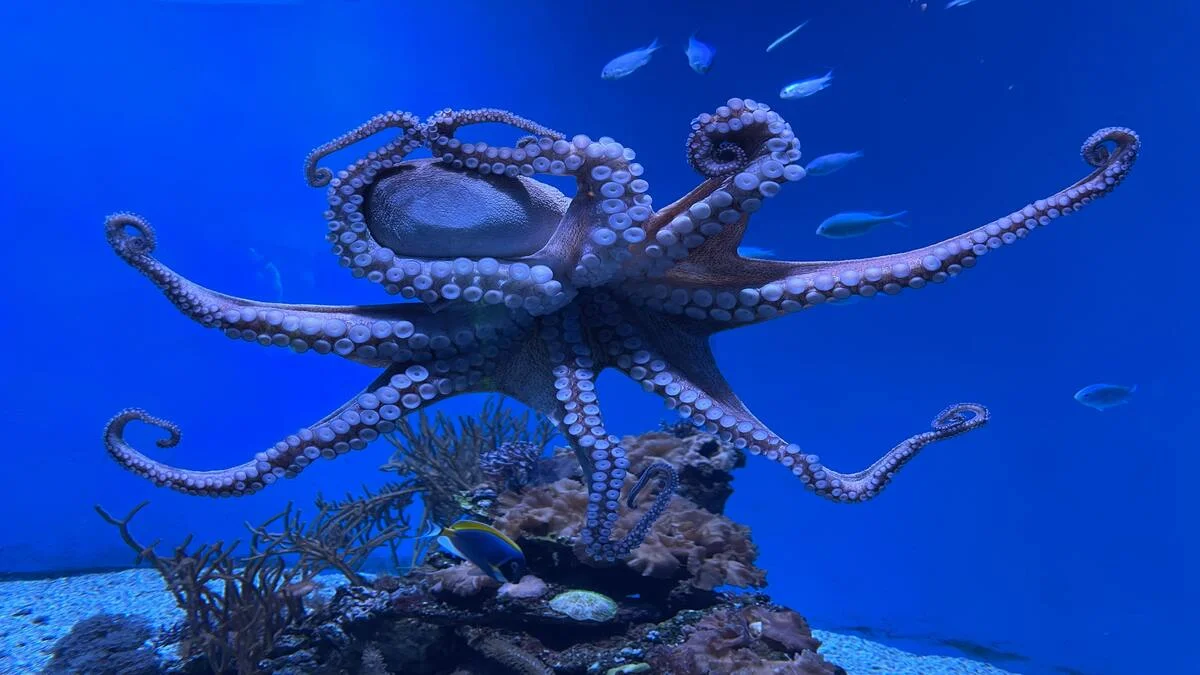

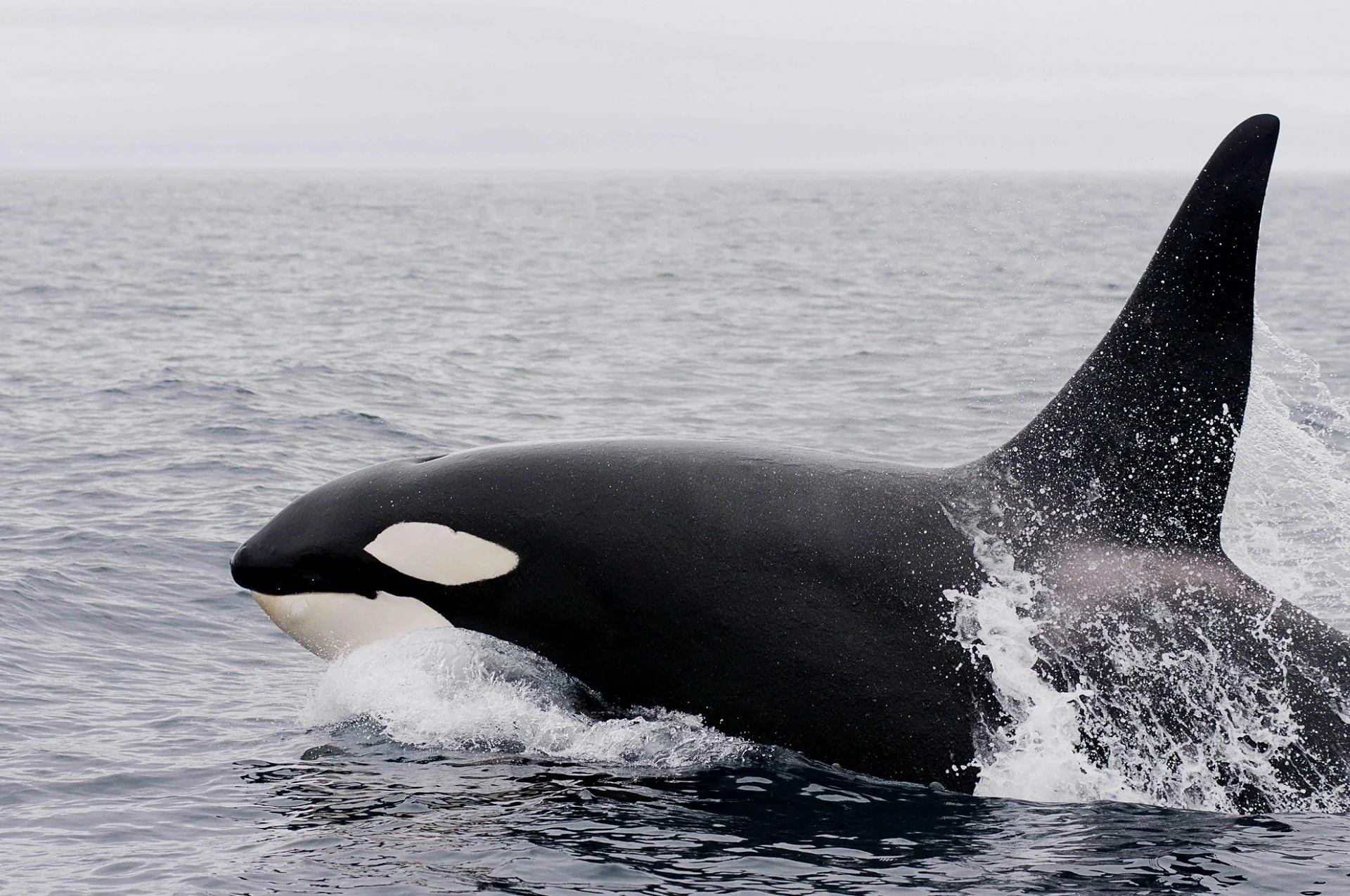

Leave a Reply